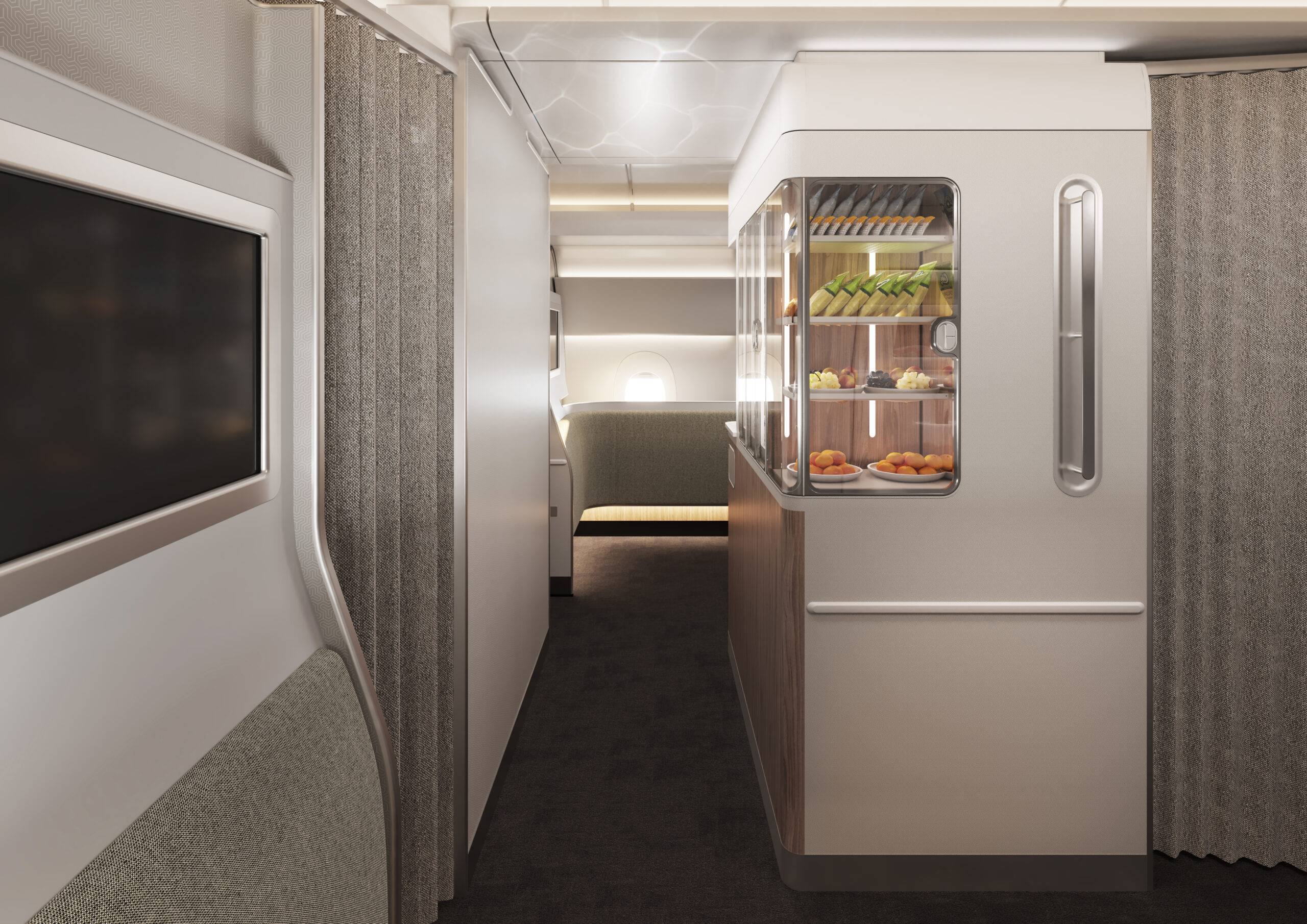Unveiling the Groundbreaking Research
Australian airline Qantas and the University of Sydney’s Charles Perkins Centre have embarked on an innovative research journey with the primary aim to reduce the impacts of jetlag. This is achieved by modifying the inflight travel experience, involving changes to lighting, sleep schedules, mealtimes, and the inclusion of specific ingredients in meals. Furthermore, movement and exercise were identified as key components. The research was conducted during test flights for Qantas’ pioneering Project Sunrise program, which aims to establish a direct connection between Sydney and New York and London for the first time from late 2025.
A Deep Dive into the Research Methodology
The research involved monitoring 23 volunteer passengers during Qantas’ Project Sunrise research flights from New York and London to Sydney in 2019. The passengers, equipped with wearable device technology, followed a specially designed sequence of lighting, sleep, movement, and meal routines during the 20-hour flights. This approach was part of the effort to collect real-world passenger data and measure the effects of these modifications on passenger wellbeing.
Preliminary Findings Point to a Promising Future
The initial findings of the research, though not yet published, are encouraging. Passengers who followed the specially designed inflight sequence reported less severe jetlag, improved sleep quality during the flight, and better cognitive performance in the two days following the flight compared to passengers on a traditional inflight sequence.
Navigating Inflight Modifications
The trials involved various inflight modifications such as tailored cabin lighting schedules to aid passengers in adapting to the destination time zone. Simple stretch and movement activities were integrated into the inflight routine, and meal timings were adjusted to align with the body clock. Specific menu items were selected to encourage sleep, including certain comfort foods known to promote the brain’s production of the amino acid tryptophan.
Unveiling the Wellbeing Zone
The specially designed Airbus A350s for Project Sunrise flights will feature a designated space known as the Wellbeing Zone. This area, unveiled in New York, allows passengers to stretch and perform simple exercises, guided by video screens. The inclusion of the Wellbeing Zone highlights Qantas’ commitment to enhancing passenger health and comfort during long-haul flights.
Stakeholder Insights on the Revolutionary Approach
Key stakeholders, including Professor Peter Cistulli from the University of Sydney and Qantas Group CEO Alan Joyce, have expressed their optimism about the initial findings of the research. Their comments underscore the innovative nature of the project and its potential to significantly improve the health and wellbeing of international travelers.
Looking Ahead: Future Workshops and Research Initiatives
Upcoming developments in the project include a lighting workshop at Airbus’ Hamburg headquarters. Here, in collaboration with the Charles Perkins Centre and Qantas, lighting specialists will design optimal lighting settings for the aircraft. Concurrently, research initiatives focusing on managing crew wellbeing during ultra long-haul flights are being undertaken, drawing from Qantas’ prior experiences in this area.
The Road to Project Sunrise Rollout
Qantas is set to receive its first Airbus A350 for Project Sunrise by late 2025. Following this, the inaugural route between Sydney and New York is expected to be launched. This signifies a significant stride towards a revolutionary approach to long-haul travel that prioritizes passenger wellbeing.
Background on QF7878 New York to Sydney non-stop research fight in November 2019:
- The aim of the research was to test strategies to reduce jetlag and promote inflight health.
- Passengers were fitted with wearable device technology to track movement, sleep and light exposure.
- Customers experienced a difference in food and beverage menus and service timings to encourage body clocks to adjust to the destination time zone.
- Specific times were allocated for out of seat movement and activities.
- Passengers completed a test on an iPad, similar to a game of “Whack a Mole”, to gauge reaction time and attention.
- Passengers kept a daily log for a week prior to the flight, during the flight and for two weeks after the flight and noted how they felt throughout the study.
More information: Charles Perkins Centre and qantas.com.




![Jetstar: Bali, Indonesia from Auckland $654 Return, Christchurch $846 Return, Wellington $905 Return [Apr-Jul] A spa in Ubud, Bali](https://www.beatthatflight.com.au/wp-content/uploads/2018/11/ubud-bali-2379365_960_720-e1548294463985-150x150.jpg)
